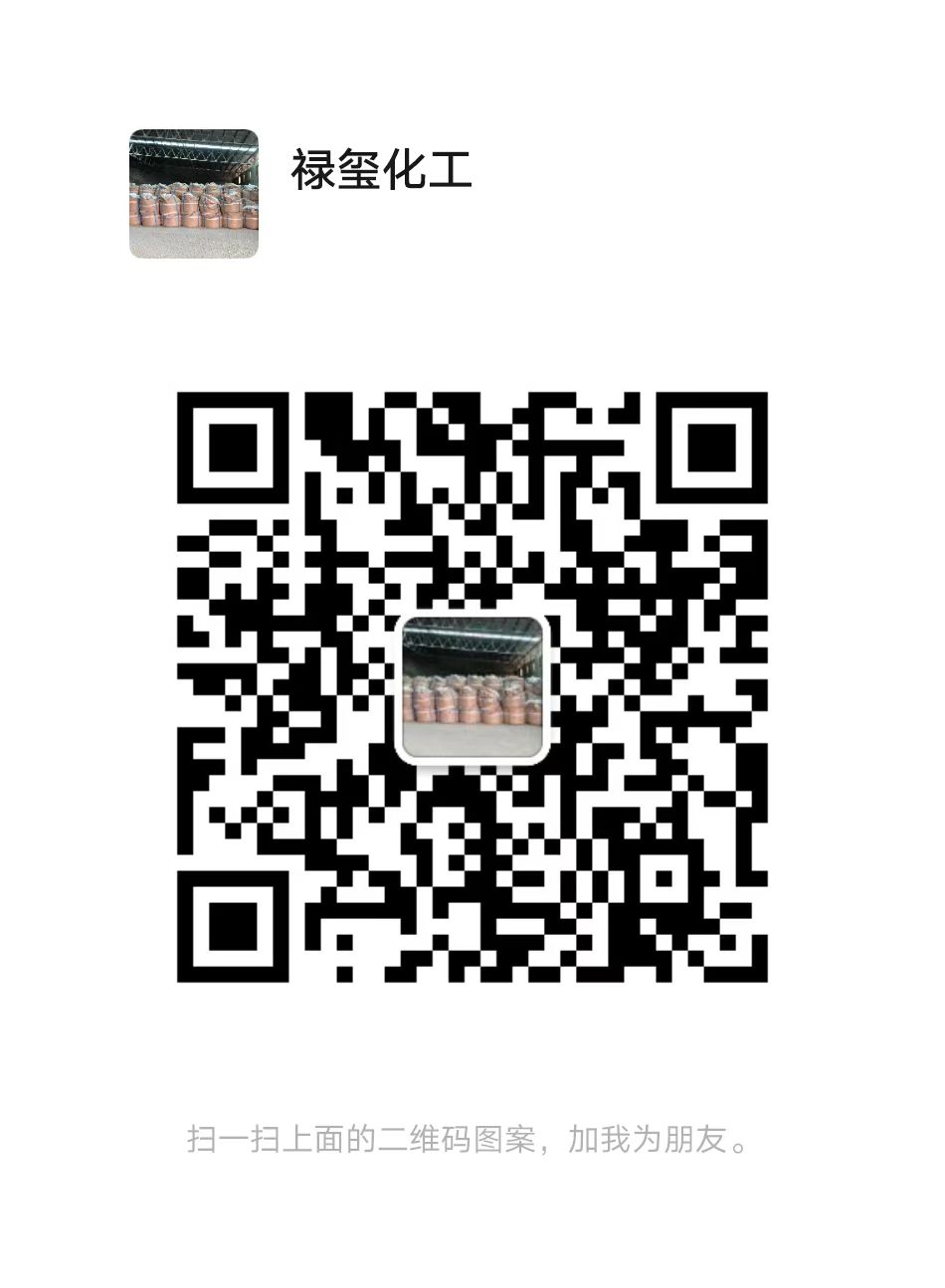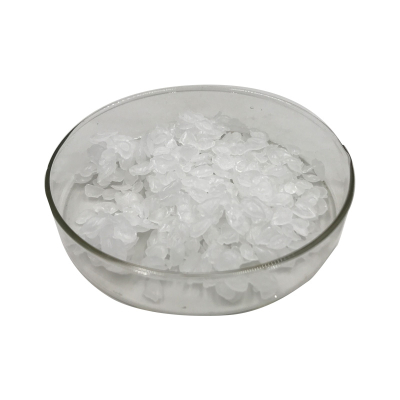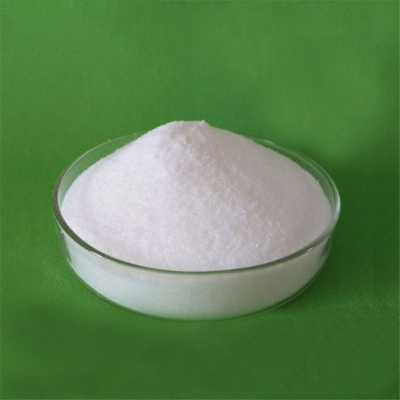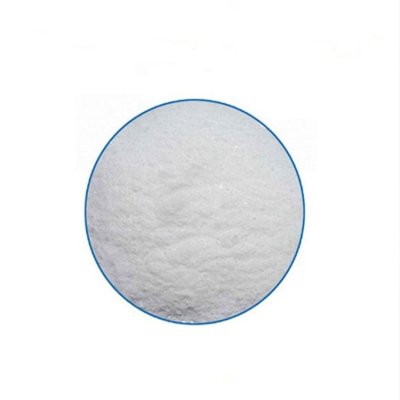An Introduction to Capsaicin Pepper
The spicy ingredients contained in pepper fruit are capsaicin pepperoids, including: capsaicin pepper, dihydrocapsaicin pepper, nordihydrocapsaicin pepper, homocapsaicin pepper, homodihydrocapsaicin pepper I, homodihydrocapsaicin pepper II, Nonoyl vanillylamide, Decoyl vanillylamide, Capryl vanillylamide. Capsanthin includes Cryptoxanthin, Capsanthin, Capsorubin, Carotene; also contains vitamin C, citric acid, tartaric acid, malic acid, protein, minerals, etc. . The seeds contain Solanine, Solanidine, and Solamargine, Solasodine, Solasonine and other alkaloids.
Capsaicin pepper and its ointment preparations have been included in the 24th edition of the United States Pharmacopoeia and are widely used in the treatment of: arthritis, muscle pain, back pain, sports sprains, and postherpetic neuralgia. DRUG EVALUASION (“Clinical Drug Encyclopedia”) edited by the American Medical Association recommends the drug as the first choice for clinicians to treat postherpetic neuralgia and diabetic neuralgia.
What is the secret of pepper burning fat? The key is – capsaicin pepper, just eat a spoon or two, its stimulating taste will immediately send a “sufficient” signal to the cranial nerves, resulting in a great loss of appetite. At the same time, another major effect of capsaicin pepper is to stimulate the body’s thermogenic system and speed up metabolism. Have you ever heard big stars talk about how they gobble up? The secret is the rapid heat generation system, which can improve the efficiency of the body, just like a fast-moving machine can consume a lot of hydrocarbon fuel.
After eating a spicy meal, you can consume more than 25% of the calories. And when the spicy is burning in the abdomen, drinking a cup of black tea rich in caffeine, the effect is more obvious. Chili peppers also promote the production of two enzymes in the body, which in the process of burning fat can “convince” fat cells to unload while preventing excess accumulation of fat. This weight loss method does not require any dietary rules, as capsaicin pepper stimulates the production of endorphins and serotonin, while also putting you in a good mood.
Application of Capsaicin Pepper
As a food additive. Chili peppers are used as food seasonings, and some shallow processing of chili peppers is required to make chili sauce and so on. However, when these products are eaten, the capsaicin pepper has to undergo a leaching process, and the bioavailability of capsaicin pepper is not high. At the same time, the alkali continues to be released in the intestine, irritating the intestinal wall, which can cause abdominal discomfort, and even cause anal burning pain and induce hemorrhoids. Therefore, the extraction and separation of capsaicin pepper from capsicum, as an additive in food processing, is beneficial to the control of spiciness and the full absorption and utilization of capsaicin pepper.

Capsaicin pepper binds to VR1 and activates a membrane ion channel directly coupled to the receptor, which is a relatively nonspecific cation channel. After the channel is opened, calcium ions (also sodium ions) enter the cell, potassium ions leave the cell, and some chloride ions also enter the cell to balance the charge accordingly. Unlike voltage-gated channels, VR1-coupled channels cannot be blocked by sodium, potassium, or calcium channel blockade. But it can be blocked by ruthenium red. The capsaicin pepper congener gum resin, isolated from the milk of the Euphorbia gum plant, also activates VR1 and has a more potent effect. Capsaicin pepper is a competitive antagonist of VR1, but it is not analgesic or analgesic by itself, It shows that it has no corresponding ligand that binds to the pain site. Primary sensory neurons of VR1-negative mice cultured in vitro were severely impaired in response to various noxious stimuli. Therefore, it has been suggested that VR1 plays a key role in the transmission of polymorphic noxious stimuli, and it is even believed that VR1 is essential for pain perception. In vitro cell culture experiments, activation of VR1 on the membrane of rat dorsal root ganglion cells can observe the influx of monolithic calcium ions. This process involves an extended period of a rapid increase in intracellular calcium (several minutes) followed by a prolonged restoration of calcium concentration (tens of minutes). Compared to the activation of voltage-gated calcium channels in the same cell by potassium depolarization, VR1 activation elicits a similar magnitude and rate of increase in intracellular calcium concentrations, but a much slower return of calcium to resting levels. many. Studies with mitochondrial decoupling agents found that mitochondria act as a buffer for intracellular calcium ions in this process. When a large amount of extracellular calcium ions influx, mitochondria absorb sodium and calcium ions. When calcium ions in the cytoplasm are restored, mitochondria release calcium ions, which prolongs the recovery time. During this prolonged recovery, the nerve cells were unresponsive to both extracellular potassium and capsaicin pepper. This may be related to the desensitization effect of capsaicin pepper and the memory of pain. The artificially cloned and expressed VR1 can be activated by vanillin compounds, hydrogen ions, heat greater than 43 °C, and acid (pH≤5.9). Therefore, some people think that VR1 is a molecular complex that causes pain caused by chemical and physical stimuli. There are also experimental results that do not support this hypothesis. Nagy et al. compared the cell membrane responses of rat primary sensory cells to capsaicin pepper and noxious thermal stimuli using electrophysiological and ion current measurement methods, and confirmed that there are many similarities in the properties of ion channels activated by capsaicin pepper or thermal stimuli. , but there is also an important difference, that is, the permeability of calcium ions in heat-activated channels is lower than that of capsaicin pepper-activated channels. Channels that respond to heat stimuli or capsaicin pepper are monosensitive, and only a few ion channels have dual sensitivity to heat and capsaicin pepper. At the whole cell level, each cell can respond to heat or capsaicin pepper. Therefore, it is inferred that capsaicin pepper is substantially different from the molecules that induce cellular responses to thermal stimulation, and may be related to multiple isoforms of VR1.Capsaicin Pepper Receptors and their Effects
Extraction of Capsaicin Pepper
Capsanthin, alias capsaicin pepper, molecular formula C40H5603, the main components are capsanthin and capsanthin, is a dark red viscous oily liquid with special odor, no spicy taste, has the aroma of pepper, soluble in most non-volatile Oil, insoluble in water and glycerin, partially soluble in ethanol, good heat resistance and acid and alkali resistance, stable to visible light, but easy to fade under ultraviolet light. Pure capsanthin is deep carmine red needle-like crystals, which are easily soluble in polar organic solvents and appear blue when reacted with concentrated inorganic acids. Capsanthin used in food additives is dark red ointment with spicy taste and no bad smell. Capsanthin has properties such as insoluble in vegetable oil and ethanol, high solubility in alkaline solution, acid and alkali resistance, oxidation resistance, etc. These properties can be used to separate capsanthin from other components during separation and extraction, and obtain higher purity. of the extract. The common extraction methods of capsanthin are roughly divided into three types: oil-soluble method, solvent method and supercritical fluid extraction method.
Chili peppers mainly contain three biochemical substances: capsaicin pepper, capsanthin and chili oil. Its main use is for the production of condiments, as well as hot pot bases, cold dishes, leisure food, instant food, fast food, microwave food, etc. In addition to the above-mentioned deep processing methods, chili can also be processed into various ready-to-eat foods, such as pickled green chili, bean paste, spiced chili, chili sesame paste, chili paste, etc. For the separation and extraction of red peppers, in addition to products such as capsanthin and capsaicin pepper, the extracted residues are tested by the Food Quality Supervision and Inspection Center of the Ministry of Agriculture for their main components: per 100 grams of dried pepper residues contain heat 2309.4kJ, protein 8.28g, carbohydrate 5.58g, calcium 1.48g, phosphorus 58mg. Its protein and mineral content are usually much higher than those of fruits and vegetables, and its protein content is similar to that of grains, which shows the edible and usability of pepper residues. After processing, the chili residue can be made into chili powder, chili biscuit, chili fruit tan peel, etc. and various snack foods. Therefore, the market potential for deep processing of peppers is huge.




